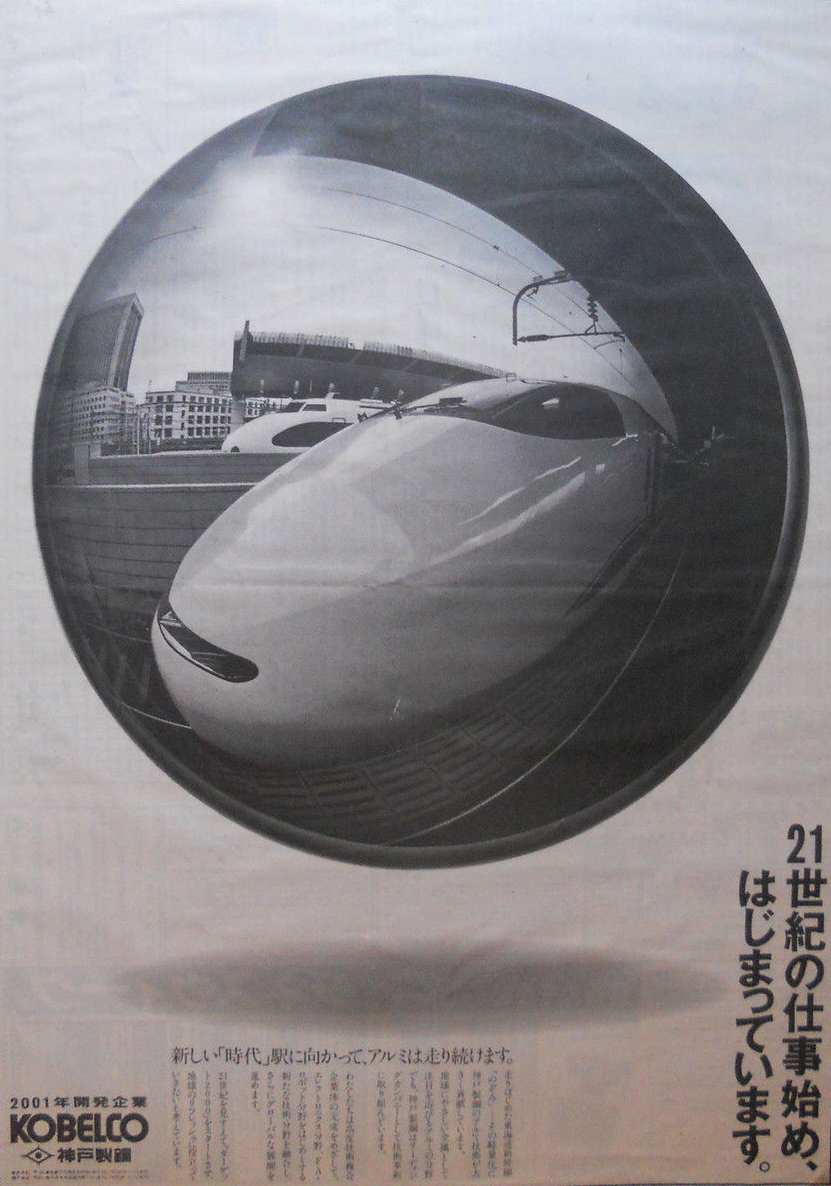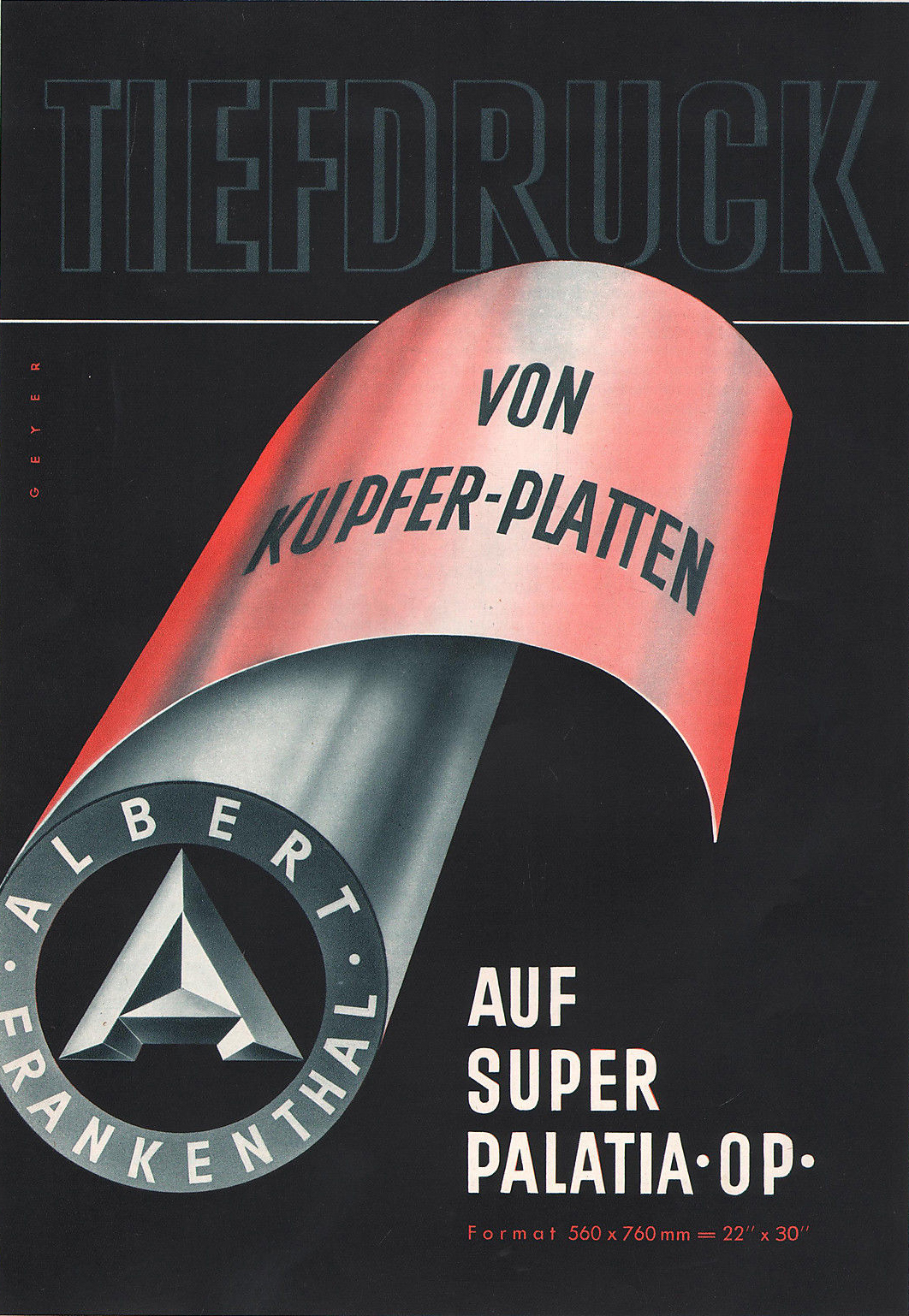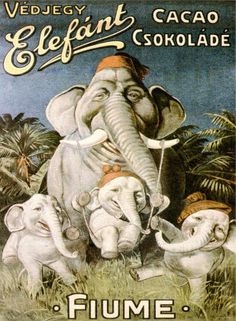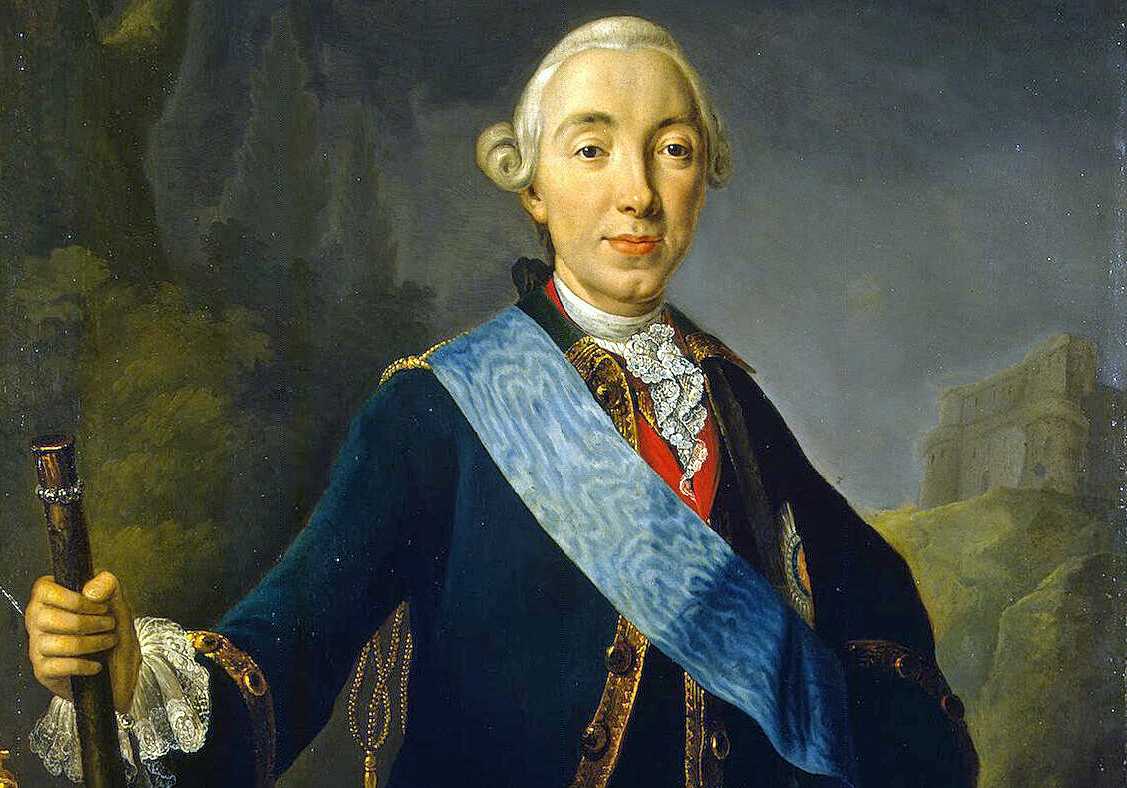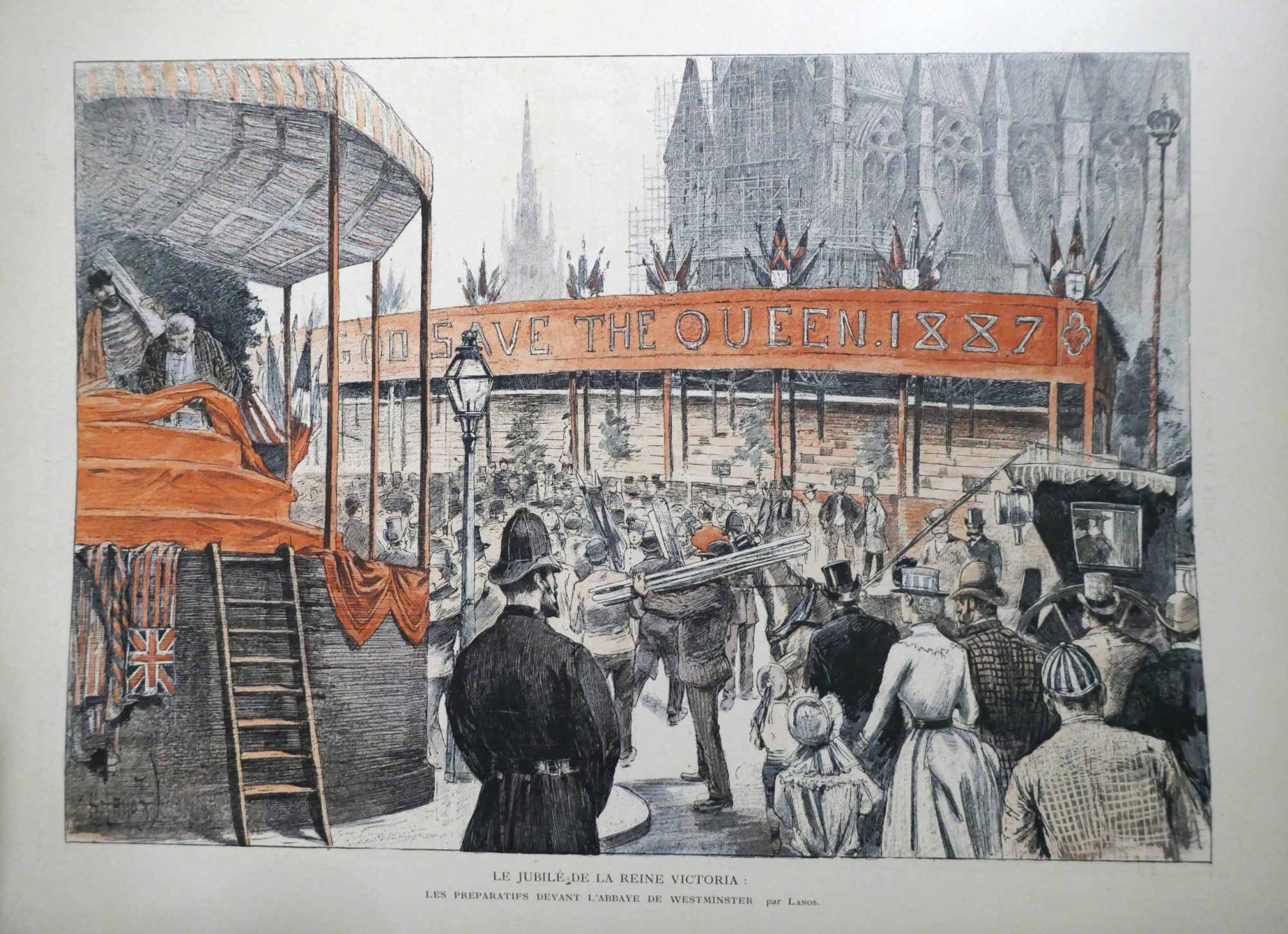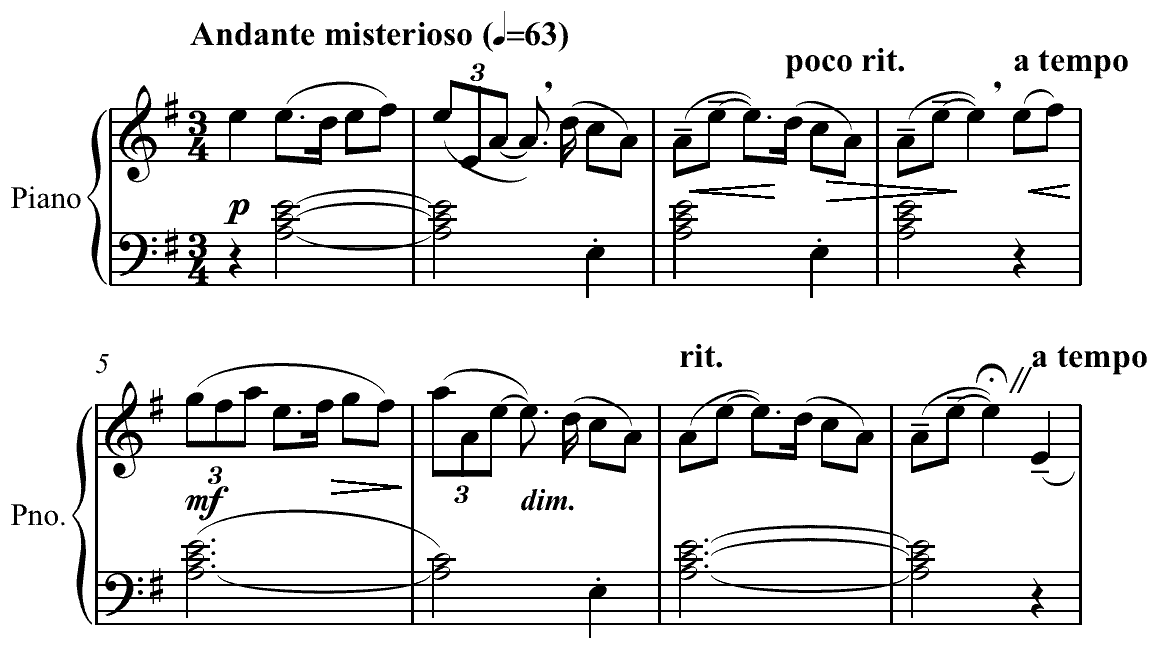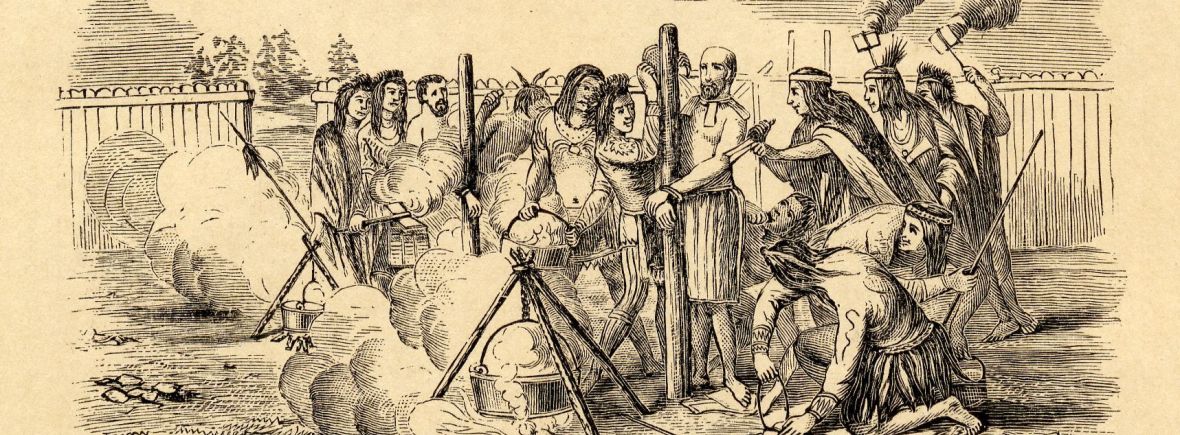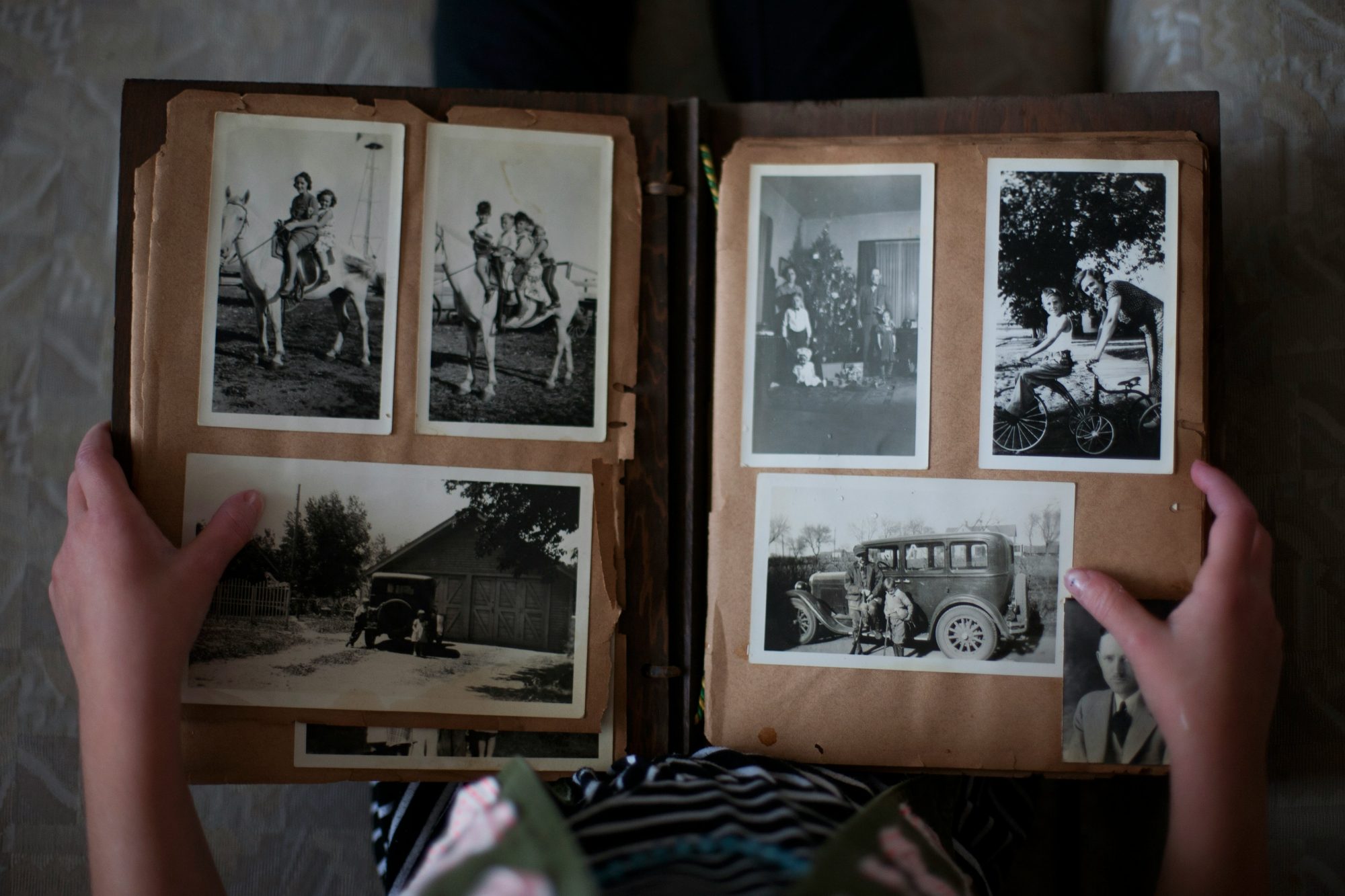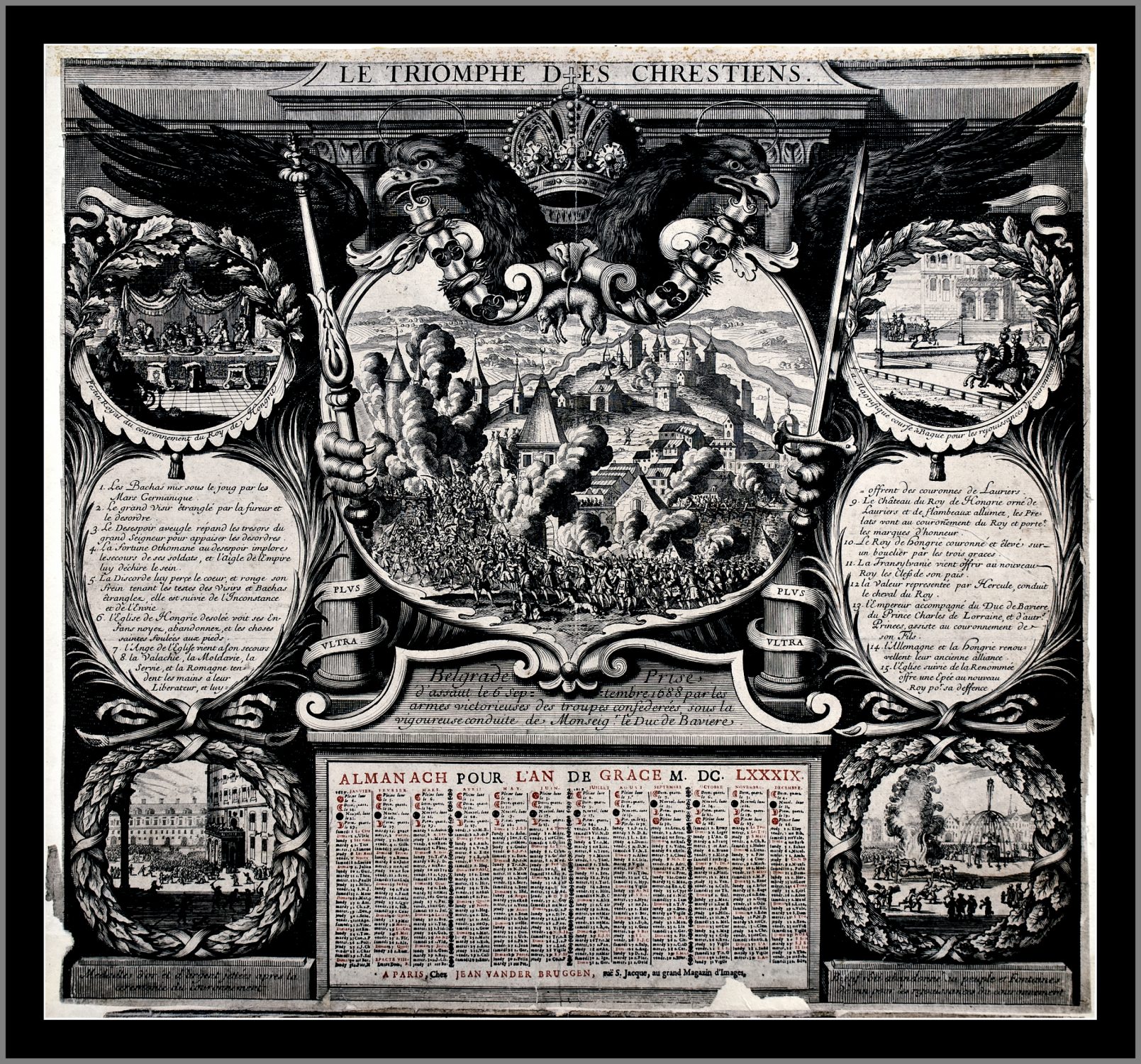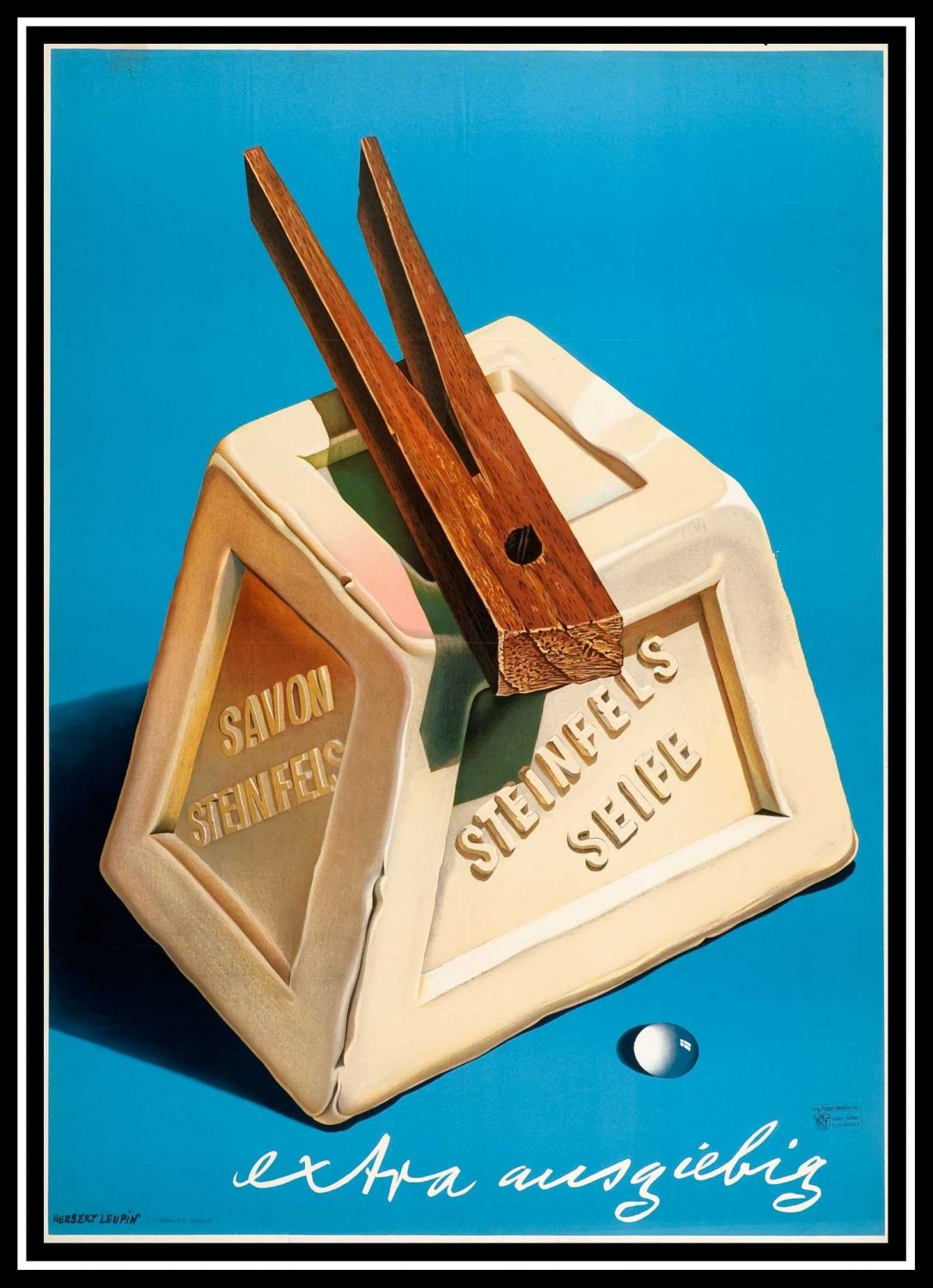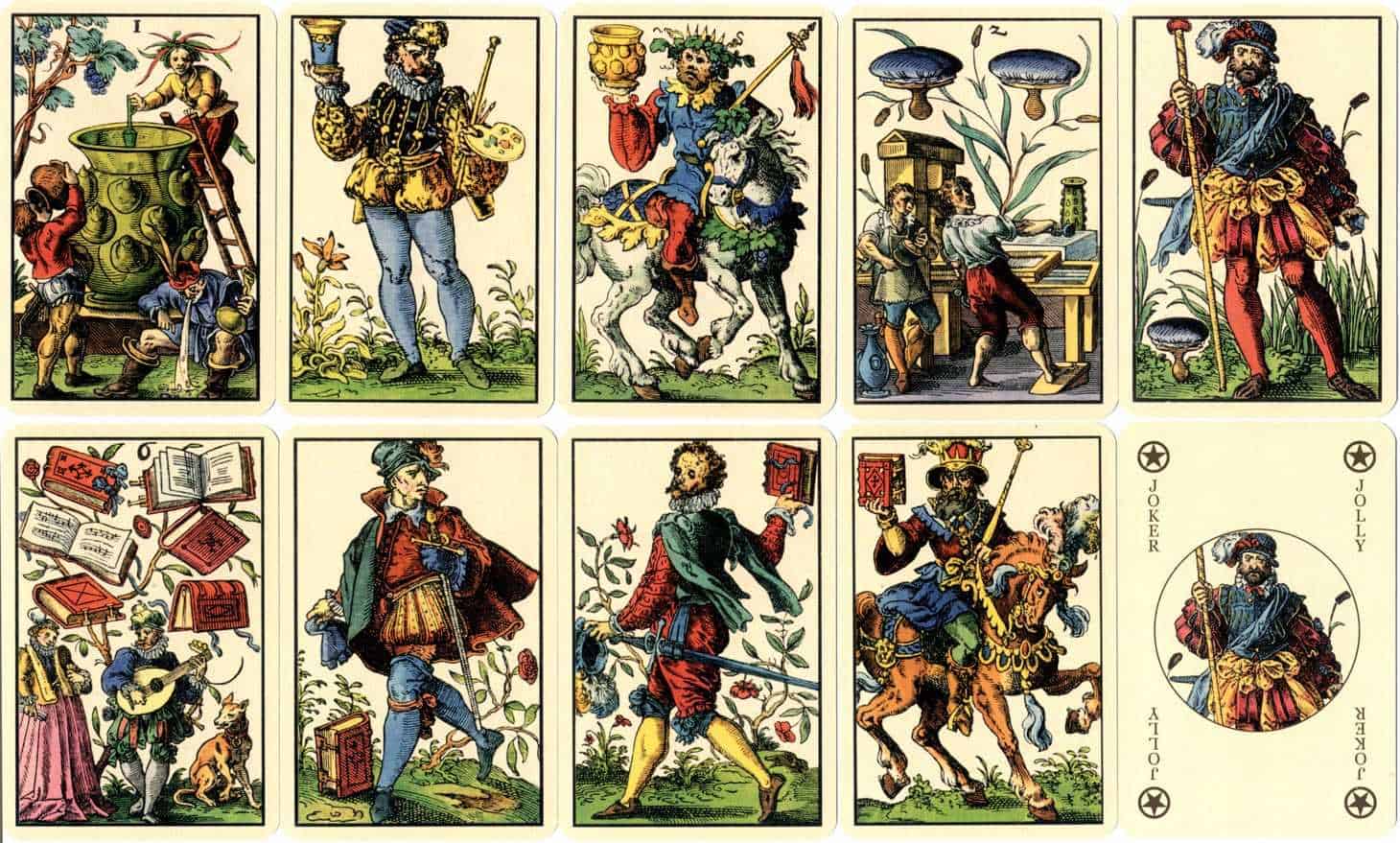
Blog
Advertising Trough History
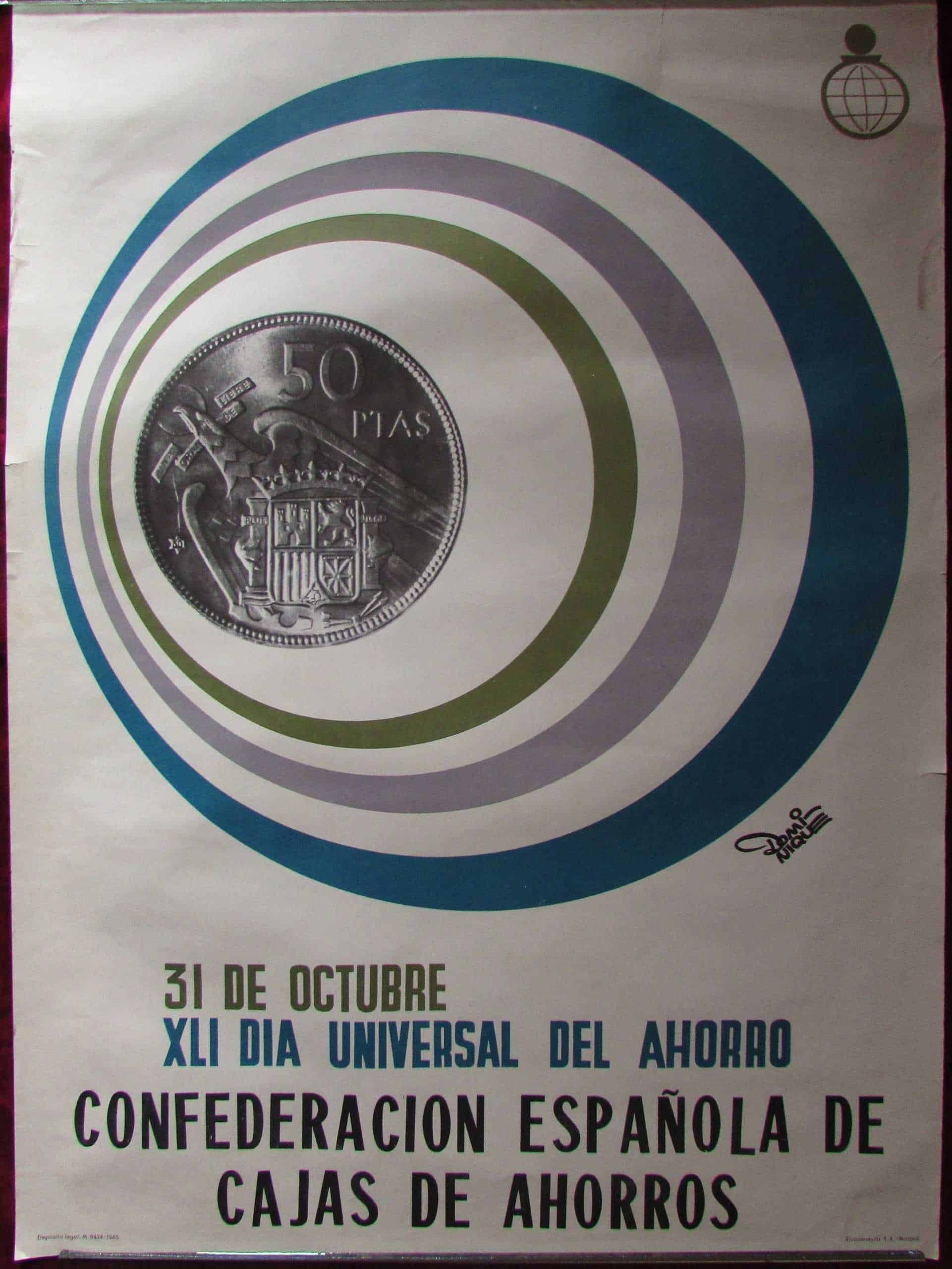
Advertising Through History
While advertising has never been so pervasive as it is today, it certainly permeated history as long as there was trade.
Ancient Times
Man’s desire to leave his own original mark or signature can easily be defined as the beginning of advertising. Ancient potter has a lot more to do with modern understanding of advertising than one could think. Placing an original painting on a piece of pottery was an important method of conquering the market in ancient times. A vase with a recognizable scene from Greek mythology or Greek cultural life asserts itself much more than pottery filled with Greek oil or cosmetic product.
Products & “Brands”
After all, the painting that decorates the vase is a strong message that says that Greek products come from rich and culturally supreme land. Thus, by gaining this kind of reputation, certain Greek products would become well-established “brands” in the ancient world.
As it is well known, pieces of Greek pottery containing certain products were often used as luxurious gifts. Obviously, the unique artistic signature on the packaging was important as the quality of the product. This phenomenon is not to be related exclusively to Greek culture. That was a common occurrence in ancient Egypt, Roman Empire, and China. Certain “brands” originating from these countries became a synonym for those products in general. This ancient “advertising” reveals to us its two most important aspects. These aspects can be interpreted in the context of modern advertising.
Two Aspects of Modern Advertising
The first aspect concerns the representing of a general idea of well being of one country or nation. That is usually depicted through a cultural aspect of that nation. This aspect is the most responsible for the artistic qualities of “ancient packaging”. Some of the paintings on Greek vases are truly outstanding works of art.
The second aspect has to do with the main aim of advertising, as we know it today. The main idea is to represent the product as something that can bring you a piece of great well-being. The goal is to paint an outstanding society and send a message to a consumer. The message is: “You can also enjoy one fragment of our prosperity”
The Evolution
This goal didn’t change through history, it just evolved. But let’s be honest, they evolved to extreme proportions. Big changes were made after the 15th century when independent entrepreneurs started to struggle with growing competition. Many social aspects increased this role of marketing in the economy. The most important one is the enormous progress of capitalism. This brings us to a review of some of the first examples of modern advertising. Modern marketing began much earlier than you might think. The first ad was published in an American magazine dated from the year 1742. This ad was published in Benjamin Franklin’s General Magazine. But, the first paid ad published in a Boston newspaper dates from the early year of 1704.
Nature of Modern Advertising
Very different from its ancient roots, the modern advertisement doesn’t depict the culture of the nation. It rather concentrates on the supremacy of a company. But, let’s just not yet declare that depiction of one nation is excluded from modern advertising. Better said, it’s included in a completely new way. The visual expression and style of an ad always remind a viewer of general qualities that are usually related to one nation. Also, they can remind a viewer of that nation’s way of life. So, the reputation of one society still plays a big role in global advertising.
The qualities that are usually associated with the whole nation can be successfully used for the conquest of the national market. You just need to use and claim them in the right way. Now we get to the role of art in modern advertisement. Ads can send strong messages, but only due to the keen eyes of their creators.
Art in Advertising
Just remember how much the legacy of Bauhaus influenced the design of 20th-century advertisements. The choice of coloring used in many 20th-century ads could strongly remind us of those clean and simple contrast, celebrated in the Bauhaus era. This vintage trend plays on our knowledge of significant achievements of that period, evoking in us a sense of security in some product’s quality. The sharp design is definitely compatible with many industrial products’ purposes.
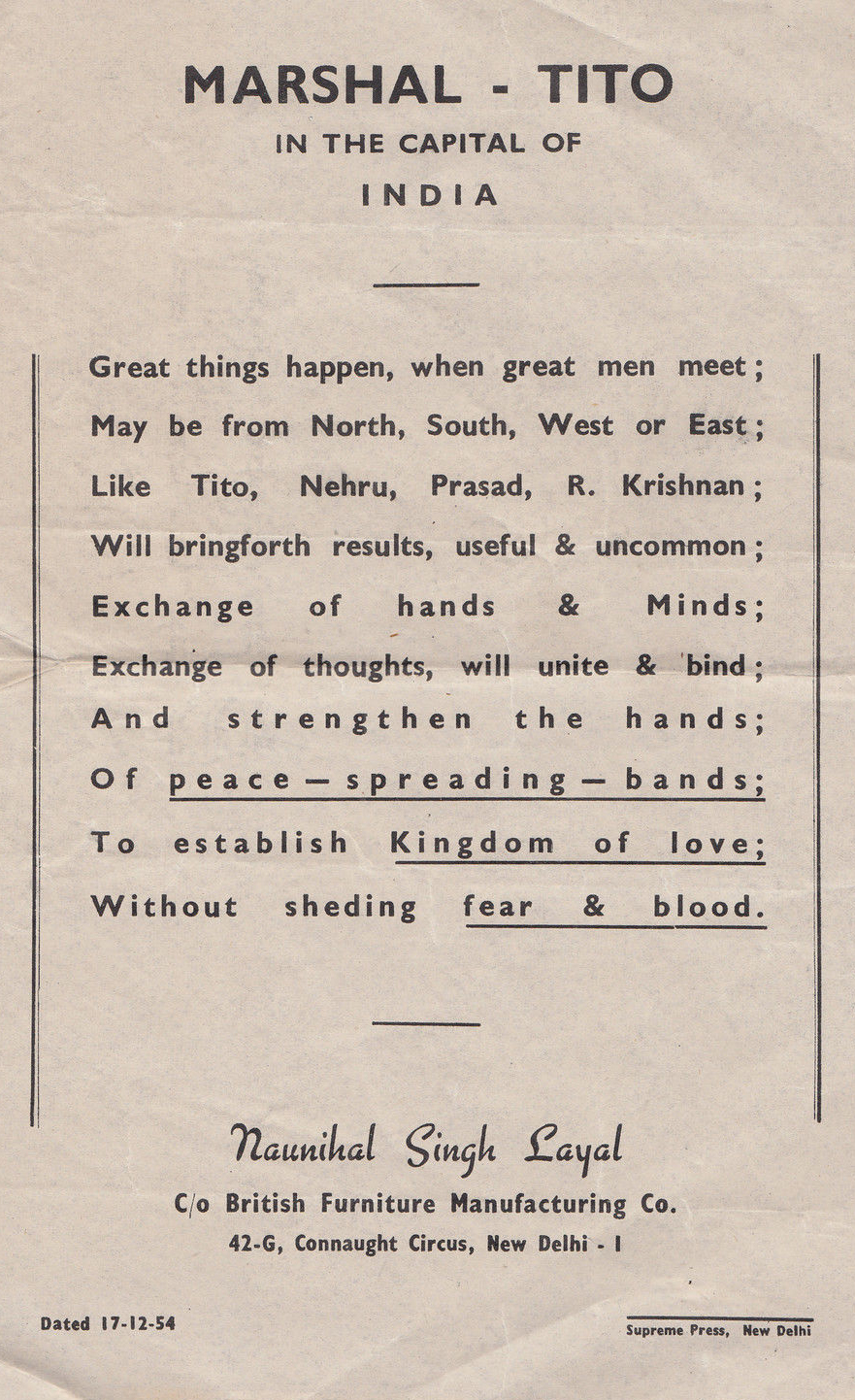
An unusual piece of advertisement sheds some light on historical events that transpired in New Delhi, India in late 1954.
Due to its often connected to the visual arts, vintage advertisements became a fairly popular collectible. On the other hand, modern advertising offers more than a link to a certain form of artistic expression. In the XIX century, Croatian chocolate factory “Rijeka” promoted a unique style of advertising their product.
Drawings & Images
This factory was one of the first companies in the world that made this move in their marketing strategy. Not just that, this factory used very original colored drawings for their ads. They made drawings of exotic animals or women and children enjoying their chocolate bars. So, there is even something that we can learn about XIX century society through their marketing. It looks like the general opinion of the time was that chocolate is a product for exotic and gentle enjoyment for the gentle sex. On the other hand, Marlboro ads used to depict strong, muscular men. So, ads don’t just compete for attention on the global or national market, but also for attention between different age groups or sex.
I hope you have enjoyed reading. Stay tuned for more articles.
Images from listings at Sigedon Books and Antiques store.
Elefant Cacao advertising leaflet image is taken from http://www.lokalpatrioti-rijeka.com/

